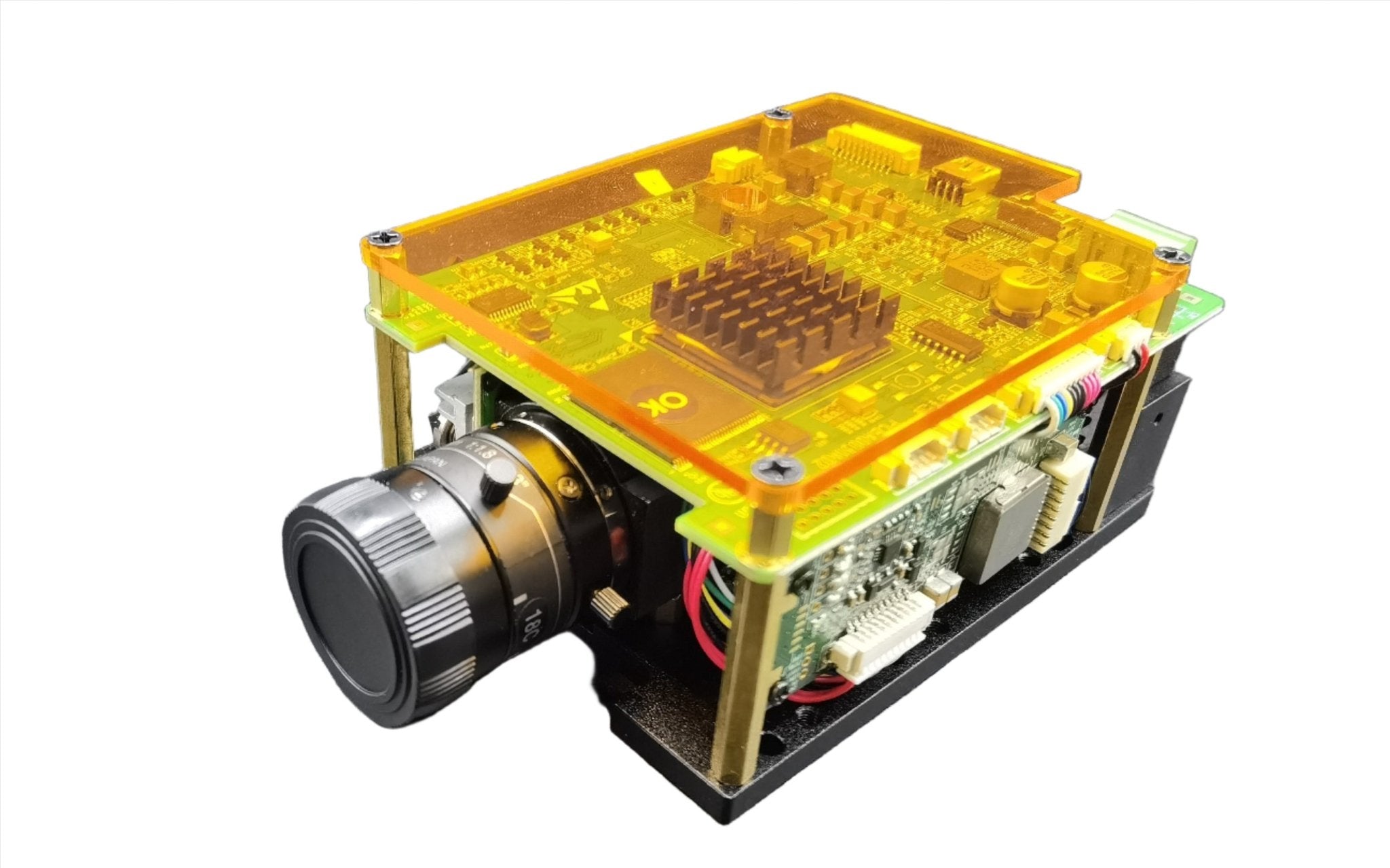
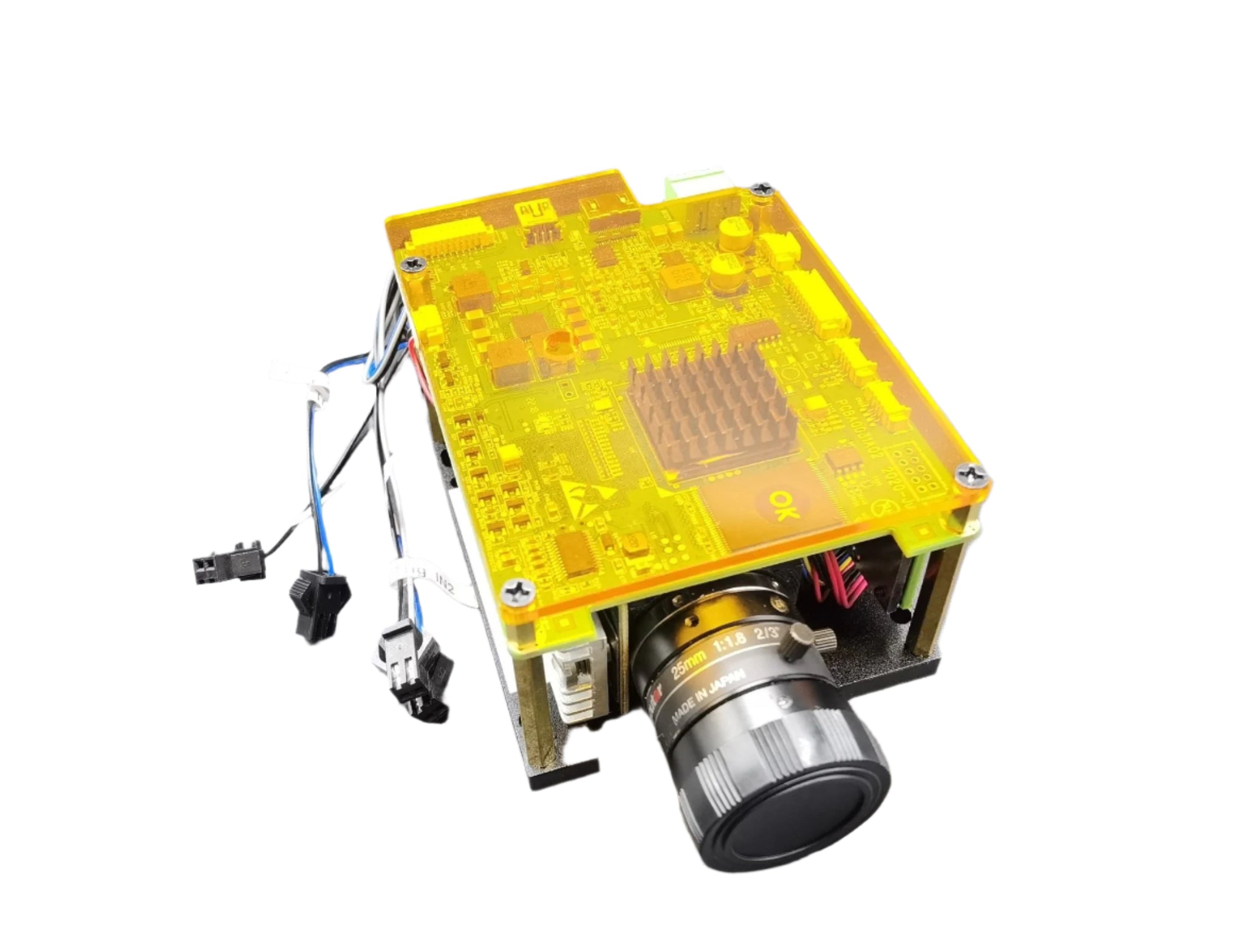
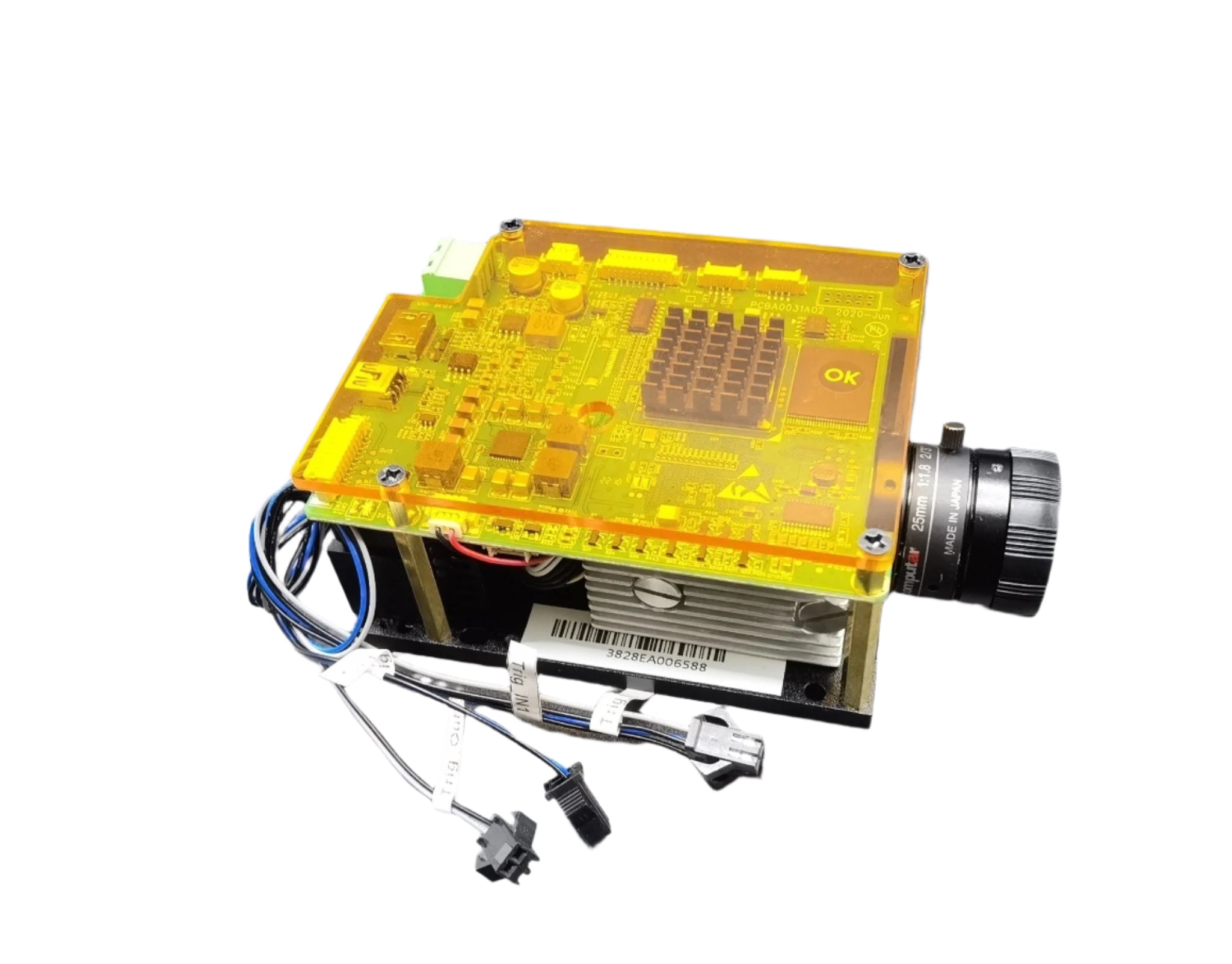
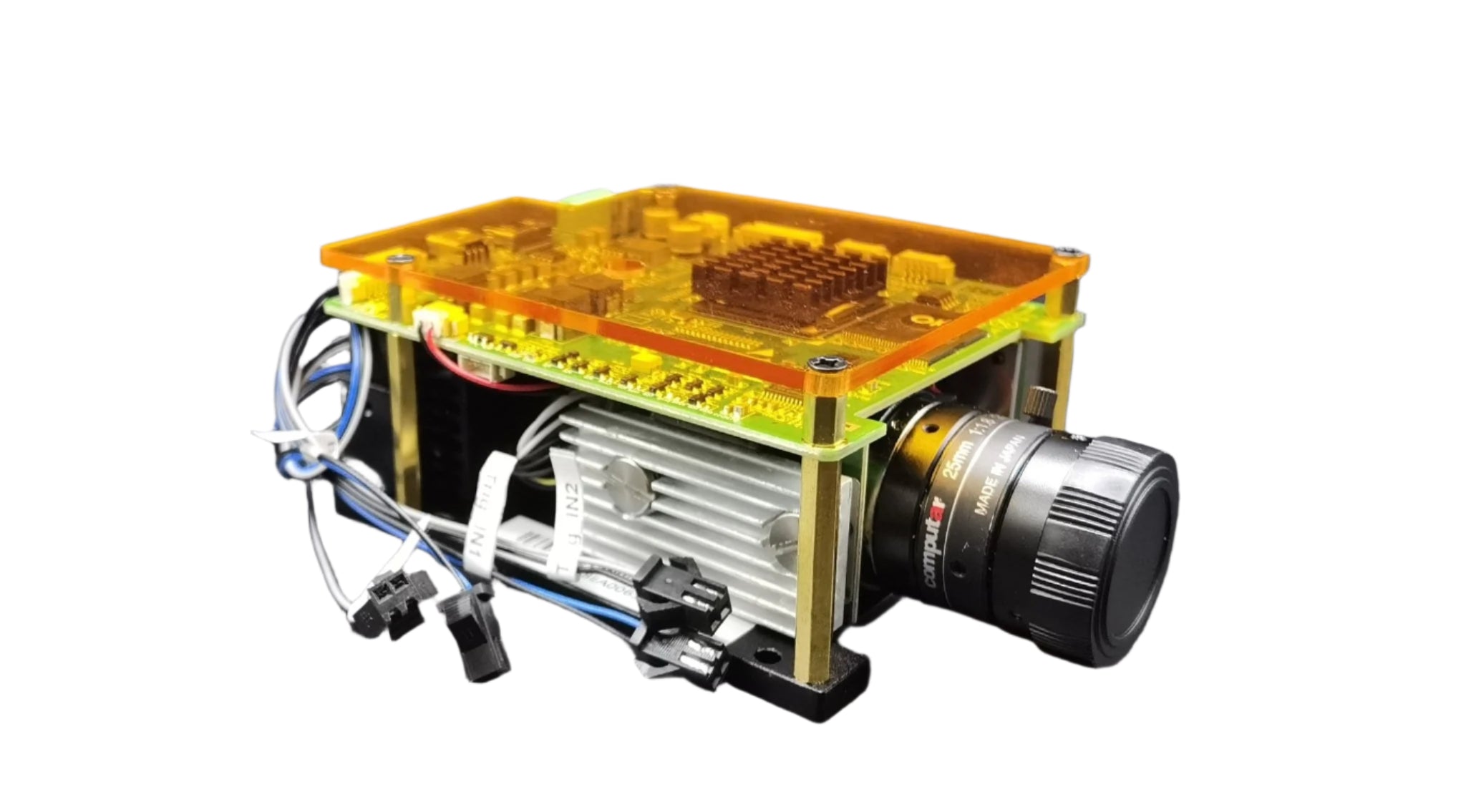
Structured-Light DLP Projector for Super-Resoluton Microscopy
SM7 DMD DLP Projector for Super-Resoluton Structured Illumination Microscopy,405/RGB LED light Source,Easy Installtion with C-Mount Projector Lens
Structured illumination microscopy (SIM) is among the most widely used super-resolution fluorescence microscopy techniques .
Up to now, the physical and chemical methods to achieve super-resolution imaging have reached the bottleneck, and the pursuit of higher microscope resolution is facing great challenges. This research is actually a generalized mathematical algorithm framework, which can double the imaging resolution of several commonly used fluorescence microscope instruments.
Take the turntable confocal microscope as an example. The normal resolution of its commercial instrument is about 160 nm. With this achievement, it can be improved to about 80 nm. Therefore, the team has pushed forward the bottleneck limit resolution that can be reached before from the perspective of optimization calculation.
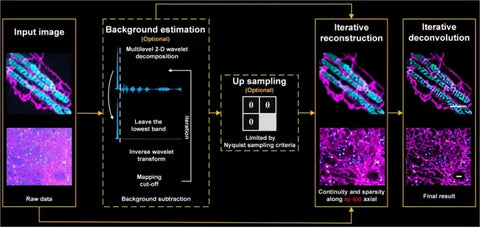
Super-resolution three-dimensional (3D) optical microscopy has incomparable advantages over other high-resolution microscopic technologies, such as electron microscopy and atomic force microscopy, We present an approach of structured illumination microscopy (SIM) by using SICUBE SM7 and SM9 DMD projector for fringe projection and a low-coherence LED light for illumination. The article was published on Nature.
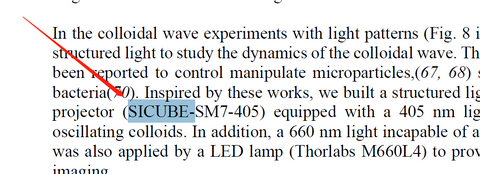
SM7 and SM9 DLP projectors adopt 385nm/405nm/485nm/615nm LED for light source.Besides ,Standard C-mount projectror lens can meet requirements of the microscope interface easily.
The DLP light engine supports synchronous input and output, enabling direct storage of raster images. It allows configuration of projection duration for each image while outputting corresponding synchronous trigger signals, with adjustable LED brightness and on/off control to adapt to various environmental requirements. This provides users with portable, programmable, and compact optical modules, particularly suitable for high-precision 3D scanners and DLP 3D printing systems.
you can download and use LightCrafter 4500 for the projector from ti.com .

Structured-Light DLP Projector for Super-Resoluton Microscopy
If you have any questions, you are always welcome to contact us. We'll get back to you as soon as possible, within 24 hours on weekdays.
-
Shipping Information
Use this text to answer questions in as much detail as possible for your customers.
-
Customer Support
Use this text to answer questions in as much detail as possible for your customers.
-
FAQ’s
Use this text to answer questions in as much detail as possible for your customers.
-
Contact Us
Use this text to answer questions in as much detail as possible for your customers.
FAQs
Please read our FAQs page to find out more.
What transportation method do you use?
All our products are shipped via international express services, such as DHL and FedEx,? completely free of charge
What is DLP 3D printing, and how does it work?
DLP 3D printing is a resin-based additive manufacturing technology that uses light to cure liquid photopolymer layer by layer. It involves projecting digital images onto a vat of liquid resin, where the exposed resin hardens to form each layer of the 3D object.
How does DLP 3D printing differ from other 3D printing technologies?
DLP 3D printing differs from other technologies such as FDM (Fused Deposition Modeling) in its use of light to cure resin, which allows for faster and more precise printing. It also typically offers higher resolution and smoother surface finishes.
Why are UV projectors critical in DLP 3D printing?
UV projectors are critical in DLP 3D printing because they emit the ultraviolet light that cures the resin. The quality, speed, and reliability of the printing process depend heavily on the performance of the UV projector.
What factors should be considered when selecting a UV projector for DLP 3D printing?
When selecting a UV projector, factors to consider include wavelength, resolution, LED lifespan, controller compatibility, and mechanical integration. The ideal projector should match the specific needs and requirements of the DLP 3D printing system.
What are the system requirements for DLP 3D printing?
System requirements for DLP 3D printing include a compatible UV projector, resin vat, build platform, and control system. Specific hardware specifications, such as resolution and interface compatibility, should also be considered.
How do I connect and configure a DLP 3D printing system?
Connecting and configuring a DLP 3D printing system typically involves connecting the UV projector to a PC via USB, launching the manufacturer's proprietary configuration software, and setting up the printer parameters, such as layer thickness and exposure time.
What is "pixelation" in DLP 3D printed models, and how can it be addressed?
Pixelation" refers to the appearance of tiny square or grid-like patterns on the surface of DLP 3D printed models. It can be addressed by increasing the resolution of the UV projector, adjusting the light curing parameters, or optimizing the print path.
What role do TIR prisms play in DLP 3D printing, and why are they important?
TIR (Total Internal Reflection) prisms play a critical role in DLP 3D printing by precisely redirecting light from the micro-mirror arrays to the projection optics. They maintain polarization and ensure that the light is evenly distributed across the resin vat, which is essential for high-quality printing.
What languages and currencies are supported on
The website supports multiple languages, including English, Simplified Chinese, Arabic, Korean, German, and Japanese. It also offers a variety of currency options, such as USD, EUR, AUD, and more, to cater to international visitors.
How can I stay updated with new collections and exclusive offers
To stay updated with new collections and exclusive offers, you can subscribe to the website's newsletter by providing your email address. This will allow you to receive notifications about the latest products, promotions, and news directly to your inbox.
